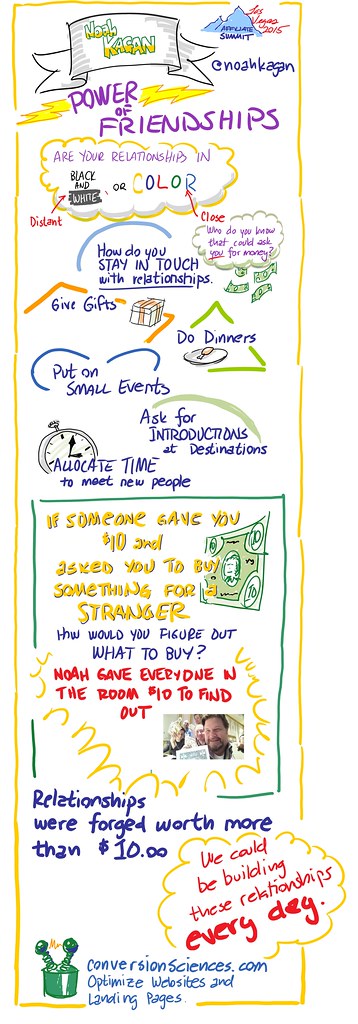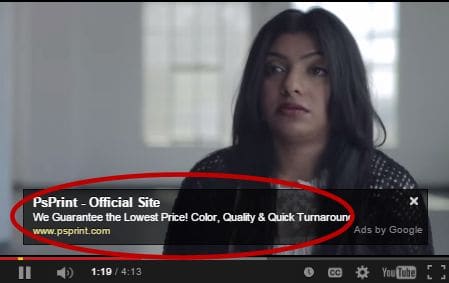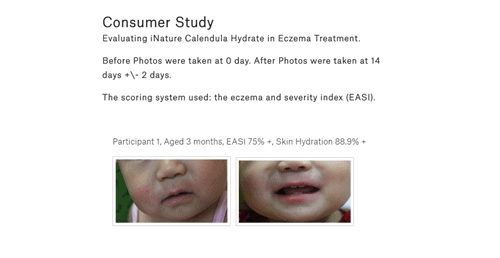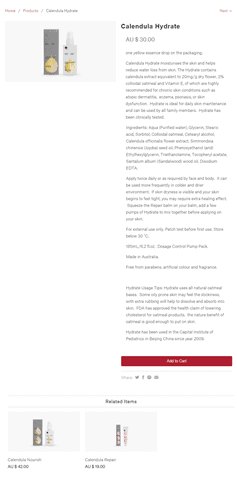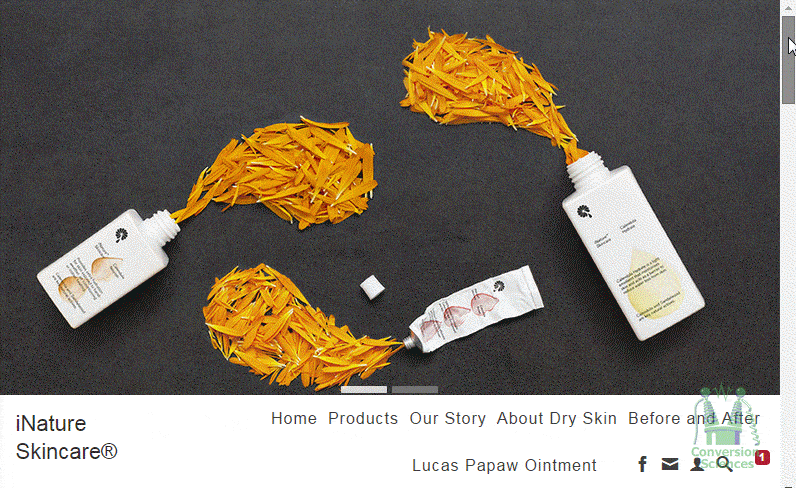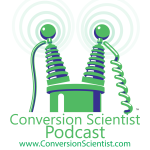Updated April 5, 2015
What could keep a highly motivated potential buyer from completing a transaction on your website? What could make a highly educated visitor feel like a bumbling child? Here’s one way.
I am a fan of the blubrry podcasting service. Founder Todd Cochrane hosted one of my favorite podcasts way back after the turn of the century. They do a good job of hosting The Conversion Sciences Podcast and offer good analytics on listeners.
So, when my account was cancelled due to a change in our PayPal account, I was keenly interested in restoring the account and my data. I mean, we’re talking about $12 a month here. No big deal.
What could possibly keep me from completing such a transaction? Well, I didn’t complete the resubscription process without leaving the site in confusion first. Wait until you find out why.
Early Optimization Success Comes From Embarrassing Places
It can be really hard to fend off a determined buyer. It can be really easy to confound a less-committed buyer.
Conversion optimization services promise sophisticated analysis and testing to make websites more effective. At Conversion Sciences, our Conversion Catalyst process is built on one simple assumption: We don’t know what will make an online business more money. We don’t know what changes will release hidden money.
We just have to be really good at finding out.
Our first discoveries inevitably come from two sources:
1. Technical problems on an untested device.
You don’t have just one website. You have 20 or 30 or more. Every device serves up a slightly different website. Every browser interprets your site in its own way.
The most reliable way to see how well your many websites are performing is with the actual systems. Our QAtion Station consists of computers, tablets and phones of varying vintages, from Windows XP computers running IE 6 to the latest iPhones.
We are in a unique position to see all of your websites. You’ll be surprised at some of the twisted “interpretations” these devices make of your site. We only check devices that make up a good-sized portion of your visitors. So, when we find an obscure bug, our clients make more money.
2. Things only a newbie to the site would find.
This is where our ignorance comes into play. We don’t need to be up on the best practices for conversion optimization, though we are. We just need to be human. It is one of our more charming characteristics.
You can’t see the problems you create for your visitors because you are too close to your business. Your website is a familiar place that is comfortable to you and to few others. We are thorough and know how to document problems so that they can be fixed or tested.
My blubrry experience is a case study in this last category.
Schedule a call with us and we’ll tell you what we can do for your online business. If you have five-hundred transactions or more a month, we can find the sales, leads and subscribers you’re missing every day.
How blubrry Made a Scientist Want to Cry
It took me a while to find the right place on the blubrry site to re-order service. The navigation menus weren’t labeled in the way I would label them. And I’m an experienced podcaster. I finally stumbled upon a link buried on a page that would allow me to repurchase my service.
Triumphantly, I clicked this link. This is what I got:

The blubrry checkout page doesn’t offer any help.
I was offered a choice of four amounts to pay, with no other information to guide my choice. All confidence drained from my body. Clearly I missed something.
I’m a college graduate! I’m a trained web expert! And I cannot buy a subscription for a podcast hosting service?I’m a college graduate! I’m a trained web expert! And I cannot buy a subscription for a podcast hosting service? Self-loathing quickly followed.

Which would you choose. Is the cheapest enough?
Any bright individual would choose the cheapest. But then, I didn’t want to risk my content by being a cheapskate.
Ultimately, I left and went back to the emails informing me that my account had been cancelled. There were no links to this page nor any page offering solice.
I came back and, acting on a sliver of memory, chose the $12/month option because that was what I thought I was paying.
It was only when putting this column together that I found the page with the details I was missing. By clicking from my blubrry account page on “blubrry home” and then “blubrry store” I found this.
Guess where “Order Now” takes you? Yep. The same obscure page listing four undefined prices.

The page of frustration cannot be defeated.
Of course, this could be fixed with a little logic that selected the proper level for the visitor and listed the name of the service level.
The point of this case study is this: conversion optimization gold may not be as far away as you think.
Blubrry is a Good Service, But…
I have already invested the time to make this service work for me. I’ve been a client for a couple of years. I’m committed. I did, however, check out competitor Libsyn to see if I should just jump ship. I didn’t.
Those less committed prospects who might be making a similar decision won’t be so forgiving.
The site is a user experience disaster, one of the hardest to use I’ve encountered. My account is not setup properly, but I’ve been able to make it work. I just found out that blubrry has options for advanced analytics. What a shame that I didn’t have this data sooner.
I suspect I am not the only one who has trouble with blubrry.com.
The site doesn’t need a redesign, but it needs some guiding elements on key pages. Only then can we begin to optimize for those subtle changes that make a site really convert.
Todd, please contact us and let us help you. It may be the most profitable call you make all year.
Any sites you think need a re-read? Let us know in the comments.
Update
The folks at Blubrry read our post. See comment below from Todd Cochrane. A simple change to the order page may decrease their abandonment rates.

I hope we’ll hear from them if their fortunes improve.


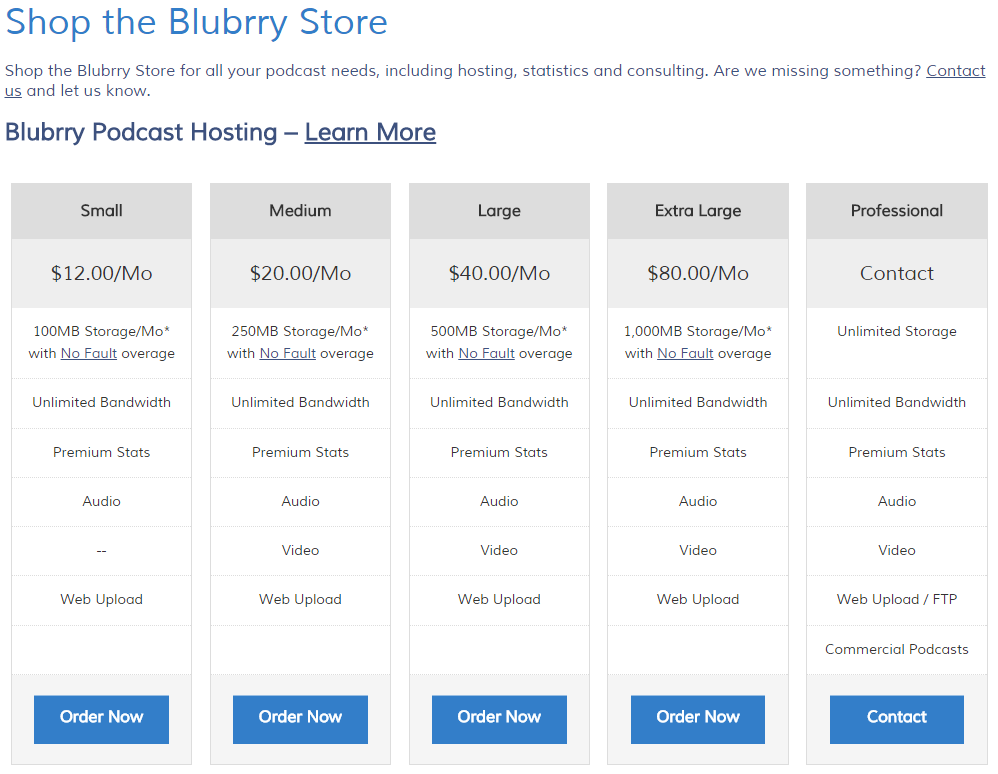
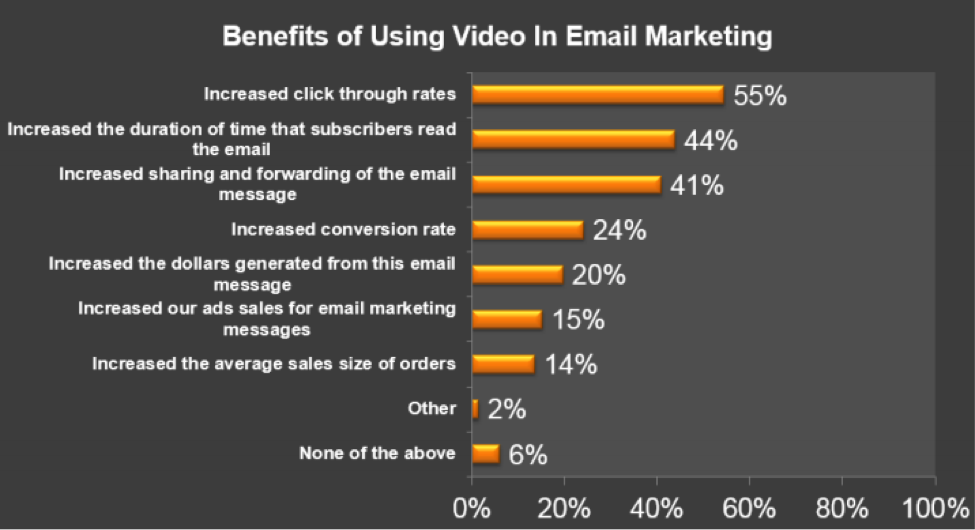







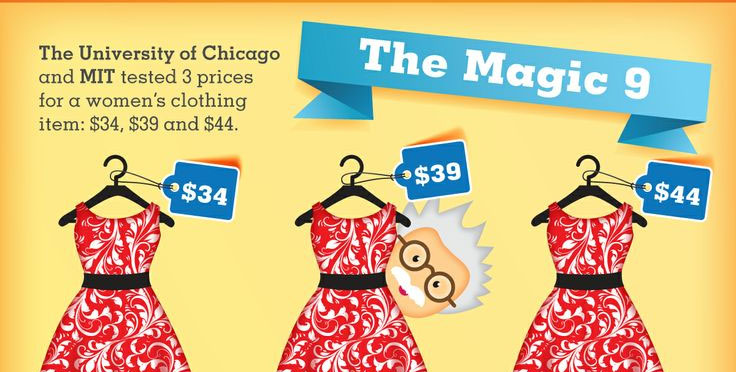




 A new
A new 